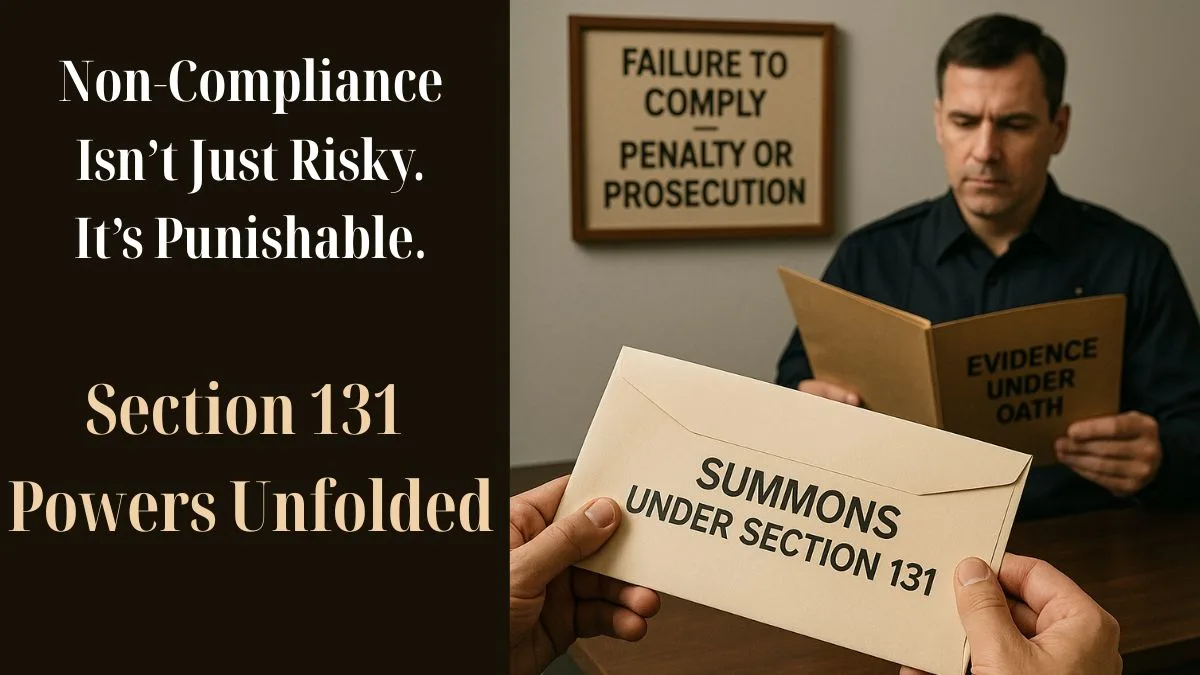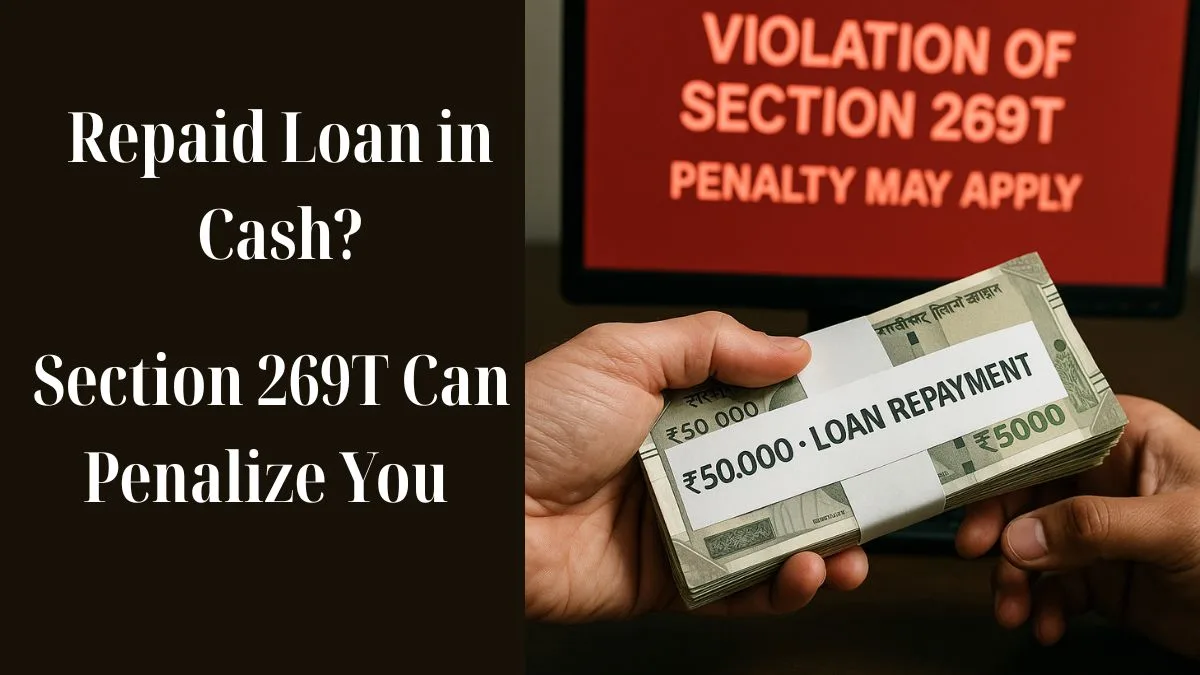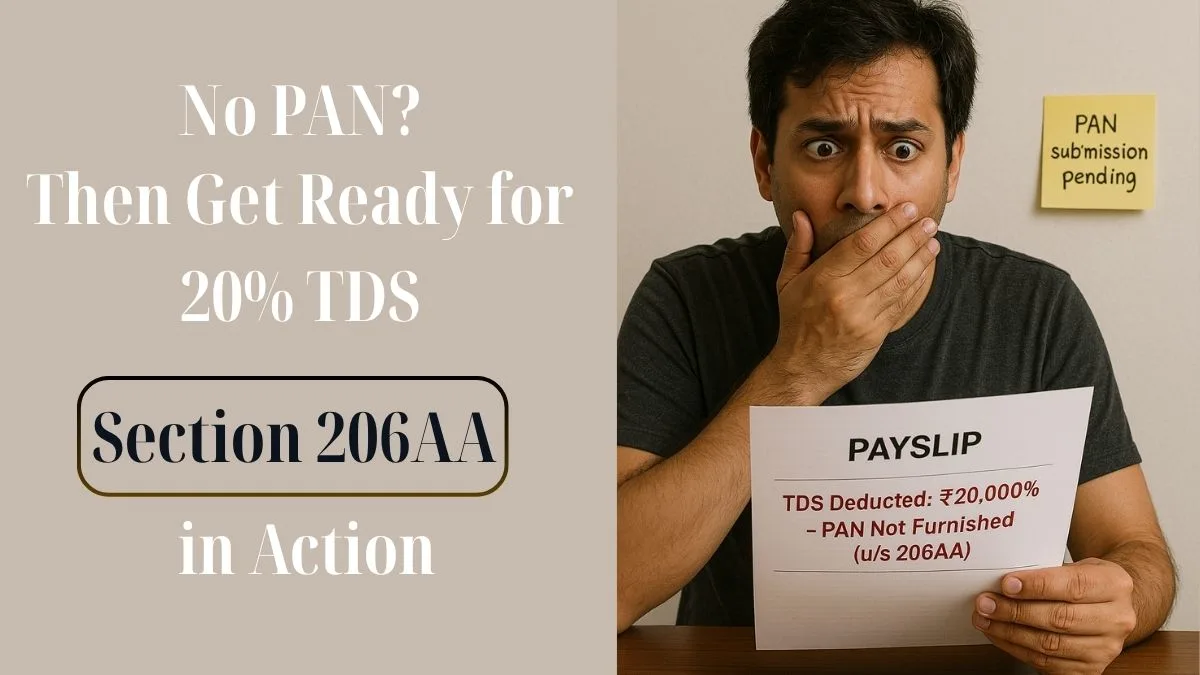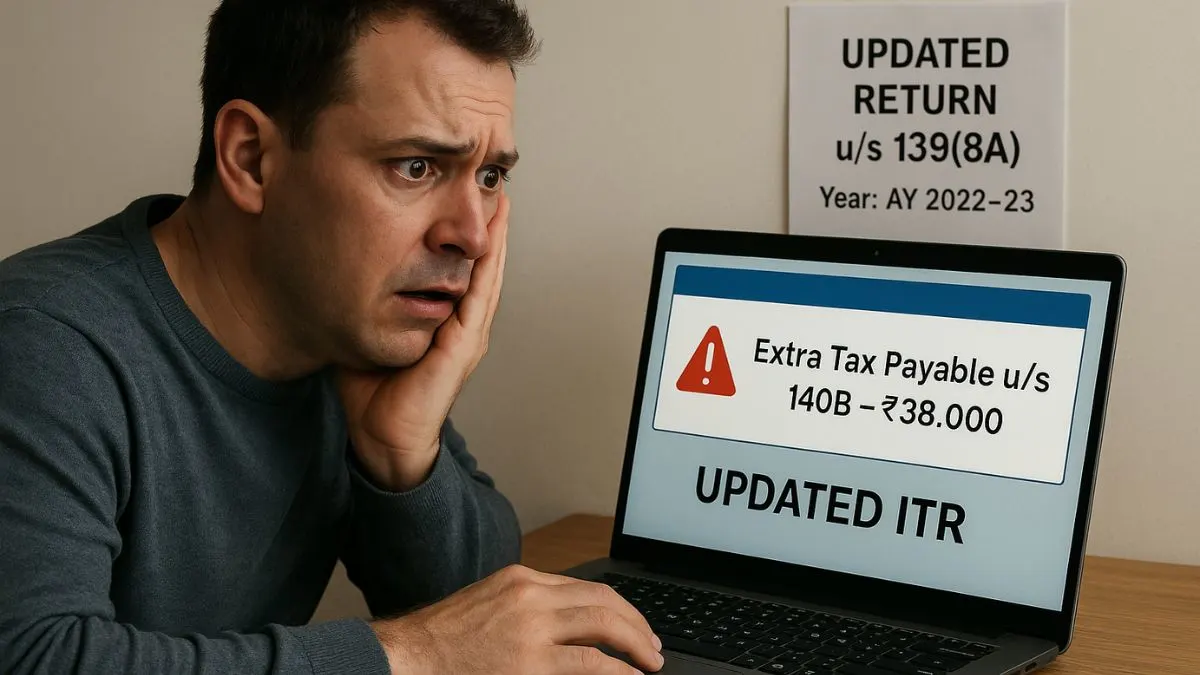
Is PF Exempted in the New Tax Regime?
EPF Tax Benefits Explained for FY 2024–25 | Section 115BAC
With the introduction of the new tax regime under Section 115BAC, many salaried taxpayers are confused about which deductions still apply. One of the most common queries is:
“Is Provident Fund (PF) exempted in the new tax regime?”
Let’s decode the treatment of PF contributions under both the old and new tax regimes to help you make the right financial decision.
✅ What Is PF?
Provident Fund (PF), specifically Employees’ Provident Fund (EPF), is a retirement savings scheme mandated by law for salaried individuals working in organizations with 20 or more employees.
• 12% of your basic salary + DA is contributed by you (employee)
• Your employer contributes an equal 12%, but only 3.67% goes into EPF; the rest goes into pension and insurance schemes
• Employee contributions up to ₹1.5 lakh per year were eligible for tax deduction under Section 80C
Now, let’s see what happens under the new regime.
❌ Is PF Deduction Allowed in the New Tax Regime?
No, contributions to PF are not eligible for deduction under the new tax regime.
The new regime offers lower slab rates, but in return, disallows major deductions and exemptions, including:
• Section 80C (which includes PF, PPF, ELSS, LIC, etc.)
• Section 80D (medical insurance)
• HRA exemption
• LTA, education loan, home loan interest (for self-occupied property)
So, if you opt for the new regime, you cannot claim tax benefits on your PF contributions under 80C—even if the amount is deducted from your salary every month.
📌 What Is Still Exempt Related to PF?
While the deduction on contribution is disallowed, some other PF-related exemptions still exist:
| PF Component | Exemption in the New Regime? |
| Employer’s PF contribution (up to ₹2.5L/year) | ✅ Exempt from tax |
| Interest earned on PF (up to limit) | ✅ Exempt if within rules |
| Employee’s PF deduction under 80C | ❌ Not allowed |
So, while your contribution will still go into your PF account, you just won’t get a tax deduction benefit on it under the new tax regime.
🧠 Example: Comparing Regimes
Let’s assume:
• Basic salary: ₹30,000/month
• PF contribution: ₹3,600/month (12%) = ₹43,200/year
• You have other 80C contributions (PPF, ELSS, etc.)
Under the Old Regime:
• Can claim full ₹1.5 lakh under 80C (including ₹43,200 PF)
• Taxable income gets reduced
Under New Regime:
• No deduction for PF
• Taxable income remains higher
• You lose the ₹43,200 deduction benefit
➡️ For individuals with active PF and other eligible investments, the old regime might offer more tax savings.
🔎 Should You Switch to the New Regime?
Opt for the new regime only if:
• You don’t invest under 80C
• You don’t pay rent or housing loan interest
• Your deductions (including PF) are below ₹2 lakh
• You prefer simplicity over paperwork
Stick to the old regime if:
• You’re salaried with significant deductions (PF, insurance, housing loan, tuition fees)
• You use PF as a long-term tax-saving tool
✅ Final Thoughts
Provident Fund (PF) is NOT exempt under the new tax regime for deduction purposes. While the money continues to be invested, the tax-saving benefit under Section 80C is not available if you choose the new regime.
That said, the PF account remains active and continues to accumulate tax-free interest (up to the limit). You just won’t be able to use the contribution as a tax-saving deduction under the new regime.











